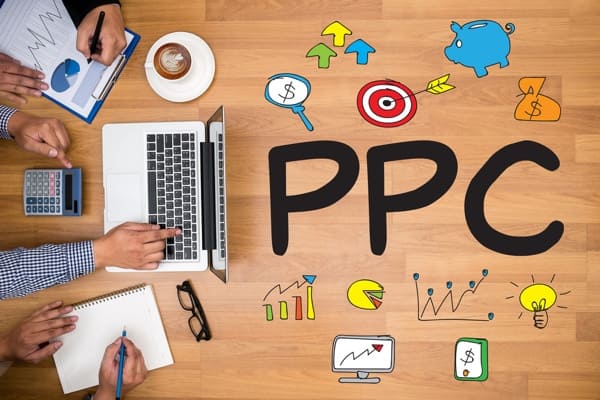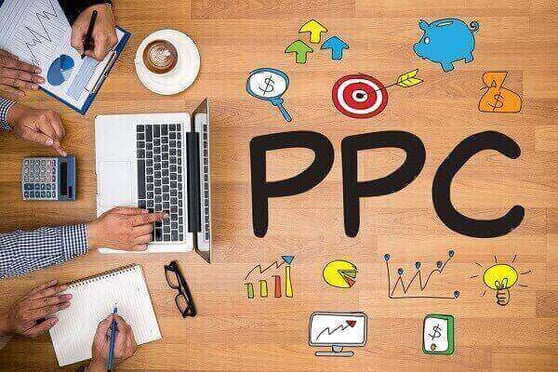“Most people use statistics the way a drunkard uses a lamppost, more for support than illumination.”
– Mark Twain
Though Mark Twain wasn’t talking about digital marketing in the present day when he said that, he might have predicted something that holds true, especially in current times when almost every good marketer pays close attention to their analytics reports. No matter the industry, knowing how people are interacting with your online properties can give you as a marketer a clear advantage over your competitors.

The question though is how many marketers and business owners use their analytic data to make meaningful, impactful marketing decisions? The reality is that we are so used to being able to access this kind of valuable data that we tend to overlook the fact that we have to make changes to our marketing efforts based on what we see to achieve the results we want. Let’s talk about this in a little more detail.
Top 5 Actionable Metrics That Are Often Ignored
So, if you’re looking at how many unique users your website has, its bounce rate and the number of conversions you’ve generated, let’s see where you can look deeper to get more specific information:
1. Acquisition Channels:
Have you taken a careful look at how traffic from various sources behaves on your website? Does your social traffic spend a lot of time on your site but convert at a low rate? Perhaps your paid traffic has a high bounce rate but unusually high conversion rate? Identifying these patterns and starting to hypothesize reasons behind those patterns is a great way to reduce your cost per lead, and allocate budget to the right marketing channels.
2. Assisted Conversions
What is your vision of how someone interacts with your website? The most common answer is that a user does a search or clicks on an ad, gets to the site and fills out a form. The reality is that it takes multiple touchpoints before someone will convert, especially if it is an online sale. They may first find your site via a search ad, then go and read comparisons and reviews, and come back to your site via a referral link. Or they may see a remarketing ad on a mobile app and return to the website. They may finally return directly to the site to make the purchase. If you are using Last Click Attribution, then the sale gets attributed to a direct visit, when in truth the actual journey is far more complicated. If you don’t believe me, look at the journey in the image below – this is an actual conversion path taken by a user on one of my client’s sites. Not every user is a fast decision maker!
3. Time Lag
As a marketer, what you have to always remember is that there may be a long time between someone first visiting your site and converting into a customer. The larger the commitment, the longer may be the period that the prospect can take to make a decision. Understanding this will allow you to implement creative ways to shorten that period – think remarketing, social ads and marketing automation. All of these can increase the touchpoints the client has with your brand, and, thereby, more likely make the conversion in a shorter space of time. There’s also another important point to consider. If you know that your users are taking 10 or 20 or 30 days to convert, be careful of analyzing data within too short a time frame – you may need to increase your date range to get a true reflection of what is happening.
4. Mobile
I feel that so many business owners are underestimating the impact of their mobile traffic. They only view their website on their desktop, and make the subconscious assumption that their customers do the same – that’s a huge mistake! It is estimated that nearly 60% of searches are now done on a mobile device, and a common behavior is to find and research a product or service on a mobile device, and then move to a desktop device to complete the sale. Consumers will even visit a physical store to decide on the make, model of a product or size they are going to purchase, and then immediately search on their smartphone for online offers to beat the in-store price. Be honest, you’ve done it yourself! So understanding how mobile users interact with your site is essential – check the bounce rate, conversion rates, and user flow to make sure you are offering the best mobile experience possible.
5. Landing Pages
If you are doing any form of pay-per-click marketing, you pay close attention to your landing pages. The pages that you’re sending your advertising traffic to. I find that many marketers forget to pay the same attention to their organic and referral landing pages. By taking a careful look at how people are entering your site, and what is converting well, you can adjust content and layout on low performing pages to bring them more closely in line with the pages that that are converting. Pay attention to pages that bring in a fantastic amount of traffic, but that traffic bounces immediately, without even blinking – those pages need a makeover!
Conclusion
Getting into these metrics will expand your understanding of how your customers are interacting with your website, and allow you to make decisions based on more than just sessions and bounce rate. Stop using data to hold you up, rather let it illuminate the path forward. Get your hands dirty, and dive into the depths of your data! If you need help, just get in touch with your local WSI Consultant to help you untangle the pearls in your analytics.






